Pollinators like bees and butterflies are essential for thriving ecosystems, especially in urban areas where their role is often underestimated. These hardworking creatures ensure the pollination of plants that produce many of the fruits and vegetables we enjoy daily.
Yet, urban pollinators face unique challenges, including habitat loss, limited food sources, and exposure to pollution. Cities, with their concrete jungles, can make survival a daunting task for these tiny but mighty helpers.
A simple and impactful way to support urban pollinators is by creating a pollinator-friendly window box. This miniature garden not only supplies them with vital nectar and pollen but also transforms your space into a lively, colorful haven that supports biodiversity.
Understanding Urban Pollinators and Their Needs
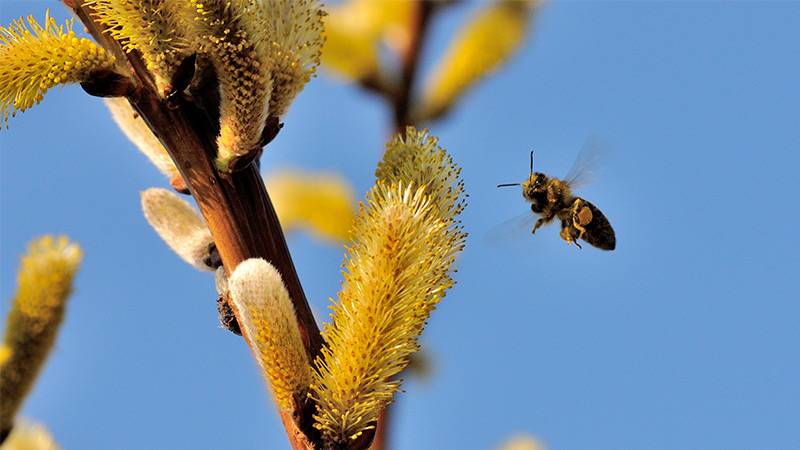
Urban areas are home to a diverse array of pollinators, including various species of bees, butterflies, moths, and even some birds and bats. Each plays a crucial role in our ecosystems, facilitating the pollination process that is vital for the reproduction of many plants.
Bees, for instance, are amongst the most efficient urban pollinators, transferring pollen as they move from flower to flower in search of nectar. Butterflies, with their preference for bright, fragrant flowers, also contribute significantly to pollination, especially in daylight hours.
The needs of these urban pollinators are quite specific. They require access to a variety of flowering plants for nectar and pollen, which serve as their primary food sources. Native species of plants are particularly beneficial because they have co-evolved with local pollinators and are often more accessible for them to extract nectar and pollen.
Moreover, creating habitats that mimic their natural environment is crucial. This includes not only the provision of food but also shelter and nesting sites. For bees, this might mean small cavities or patches of bare soil, while butterflies often need specific host plants for their larvae.
Biodiversity is key to a thriving pollinator community. A diverse plant selection not only supports a wider range of pollinator species but also ensures a longer flowering season, providing pollinators with resources throughout the year. This diversity also aids in creating a more resilient and self-sustaining ecosystem within urban landscapes, where green spaces are limited.
By understanding the specific needs and roles of urban pollinators, we can better design our pollinator-friendly window boxes to support these essential creatures, contributing to urban biodiversity and the health of our broader environment.
Choosing the Right Location for Your Window Box

Choosing the right location for your window box is crucial for attracting urban pollinators and ensuring the health of your plants. Sunlight is paramount; most pollinator-friendly plants require at least six hours of direct sunlight each day to thrive and produce the nectar and pollen that pollinators need.
Protection from wind is another important factor. High winds can damage plants, deter pollinators, and dry out the soil more quickly. Look for a spot that is somewhat sheltered, perhaps by the building’s architecture or other structures, to provide a calm oasis for both plants and pollinators.
Proximity to natural pollinator paths can significantly enhance the attractiveness of your window box. Pollinators tend to follow specific routes through urban environments, often influenced by the presence of parks, gardens, and other green spaces. Placing your window box near these natural pathways can increase visits from bees, butterflies, and other beneficial insects.
To assess the best spot, observe the potential locations at different times of the day to gauge sunlight exposure and wind conditions. Also, consider the view from inside your home; ensuring you can enjoy the beauty and activity of your pollinator-friendly window box adds an extra layer of satisfaction to your efforts in supporting urban biodiversity.
Designing Your Urban Pollinator-Friendly Window Box
Selecting the Right Plants
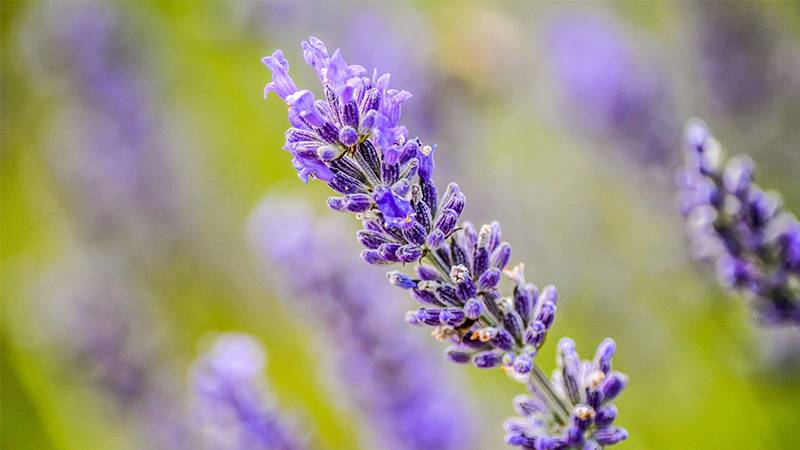
The foundation of a successful pollinator-friendly window box lies in choosing the right plants. Native species are particularly beneficial as they’ve evolved alongside local pollinators and are naturally more attractive to them. Consider including a mix of flowers like Lavender, Coneflower (Echinacea), and Black-eyed Susan (Rudbeckia), which are renowned for their appeal to bees and butterflies. Herbs such as Thyme and Chives can also be excellent additions, offering both culinary benefits and resources for pollinators.
It’s important to plan for a long blooming season to ensure that pollinators have access to resources throughout the year. Incorporate plants with varying flowering times, from early spring to late fall, to maintain a constant food supply. For example, Crocus and Snowdrop for early spring, Lavender and Salvia for summer, and Aster and Goldenrod for fall.
Soil and Water Management
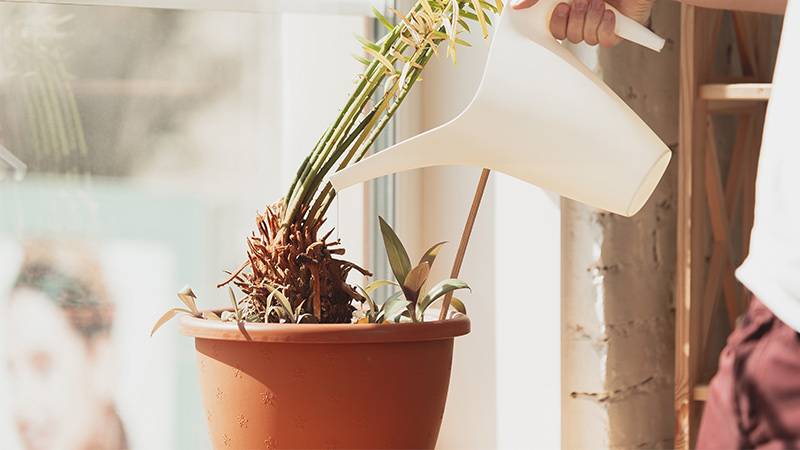
The right soil mix is crucial for plant health and, by extension, the health of visiting pollinators. A mixture of potting soil, compost, and a slow-release organic fertilizer will provide a nutrient-rich base that supports robust plant growth. Proper drainage is also key to preventing root rot, a common issue in window boxes. Ensure your window box has adequate drainage holes and consider adding a layer of gravel at the bottom to improve water flow.
Watering practices should be tailored to the needs of your plants and the local climate. Generally, aim for moist, well-drained soil, avoiding both overwatering and letting the soil dry out completely. Early morning watering is best, as it reduces evaporation and helps prevent fungal diseases.
Window Box Maintenance
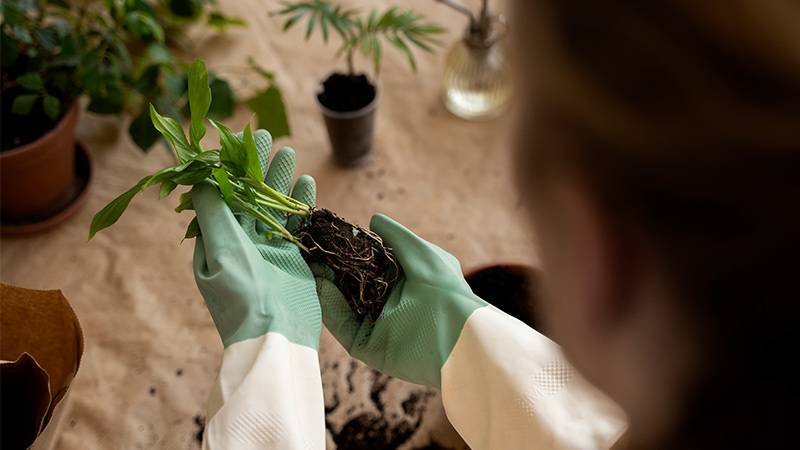
Regular maintenance is essential to keep your pollinator-friendly window box thriving. Watering should be consistent but adapted to the weather; plants may need more frequent watering during hot, dry periods and less during cooler, wetter times. Deadheading, or the removal of spent flowers, encourages plants to produce more blooms, extending the flowering season and increasing the window box’s attractiveness to pollinators.
Seasonal changes might require some adjustments. In spring, refresh the soil and add new plants as needed. Autumn is a good time to add mulch for insulation and to prepare perennial plants for winter. Regular checks for pests and diseases will help keep your window box healthy, ensuring it remains a vibrant ecosystem for urban pollinators.
Overcoming Urban Pollinator Challenges
Pesticides and Pollution
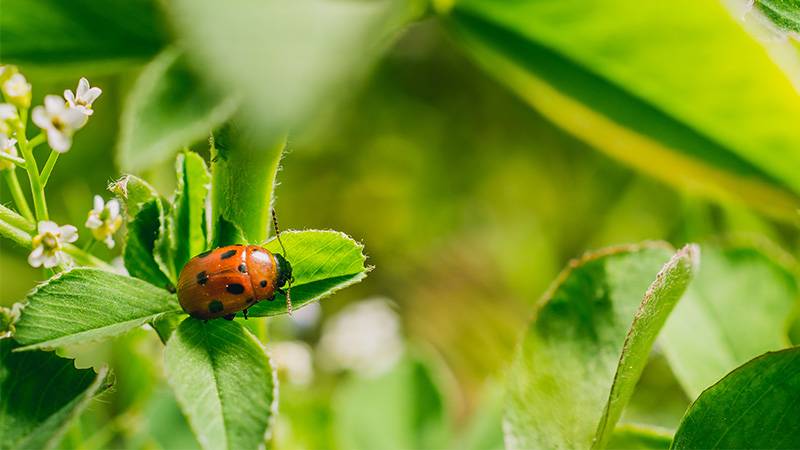
In urban settings, pollinators often face the dual threats of pesticides and pollution, which can significantly impact their health and the ecosystem’s balance. Adopting eco-friendly pest management strategies is essential to minimize these risks. Instead of chemical pesticides, consider using natural predators like ladybugs to control aphids, or neem oil for a broad range of pests. These methods protect pollinators while keeping your window box healthy.
To combat urban pollution, including air and soil contamination that can affect pollinators, select plants known for their resilience and ability to thrive in tougher conditions. Adding a layer of mulch can help protect the soil from pollutants, while regular watering can help wash away particulates from the leaves, improving plant health.
Space and Legal Considerations
Space constraints are a common issue in urban gardening, but window boxes offer a compact solution that can fit even the smallest of outdoor areas. When designing your window box, consider vertical gardening techniques to maximize space and provide more resources for pollinators.
Before installing a window box, it’s also wise to check any legal considerations or housing regulations that may apply. Some urban areas have restrictions on outdoor structures, including window boxes, due to safety concerns. Ensure compliance with local guidelines to avoid any legal issues. If restrictions exist, look for alternatives such as balcony planters or community gardens, which can also support urban pollinators effectively.
Benefits of a Pollinator-Friendly Window Box
Creating a pollinator-friendly window box offers numerous benefits, both environmental and personal. On an environmental level, these small green spaces contribute significantly to urban biodiversity. By providing essential resources like nectar and pollen, window boxes help support local ecosystems. They offer vital foraging grounds for bees, butterflies, and other pollinators, which are crucial for the pollination of plants, including those in urban vegetable gardens and parks.
Moreover, window boxes can serve as stepping stones, connecting fragmented habitats and allowing pollinators to navigate through urban landscapes more effectively. This not only aids in the conservation of these species but also supports the health of urban green spaces, contributing to the overall resilience of city ecosystems.
On a personal level, the satisfaction of contributing to conservation efforts and witnessing the direct impact of your actions can be incredibly rewarding. Watching pollinators visit your window box is a tangible connection to nature that many urban dwellers crave. Additionally, the beauty of a flourishing window box, teeming with life and color, enhances the aesthetic appeal of your living space, providing a daily source of joy and tranquility.
Conclusion
Creating a pollinator-friendly window box is a simple yet powerful way to support urban ecosystems. By selecting the right plants, managing soil and water properly, and maintaining your window box, you can create a haven for bees, butterflies, and other pollinators. This not only aids in increasing biodiversity but also enriches your living space with the beauty of nature and the satisfaction of contributing to environmental conservation.
Now, I encourage you to take the next step. Start planning your pollinator-friendly window box today. Your efforts can make a significant difference in the urban landscape, one window box at a time. Let’s bring more greenery and life into our cities together.



